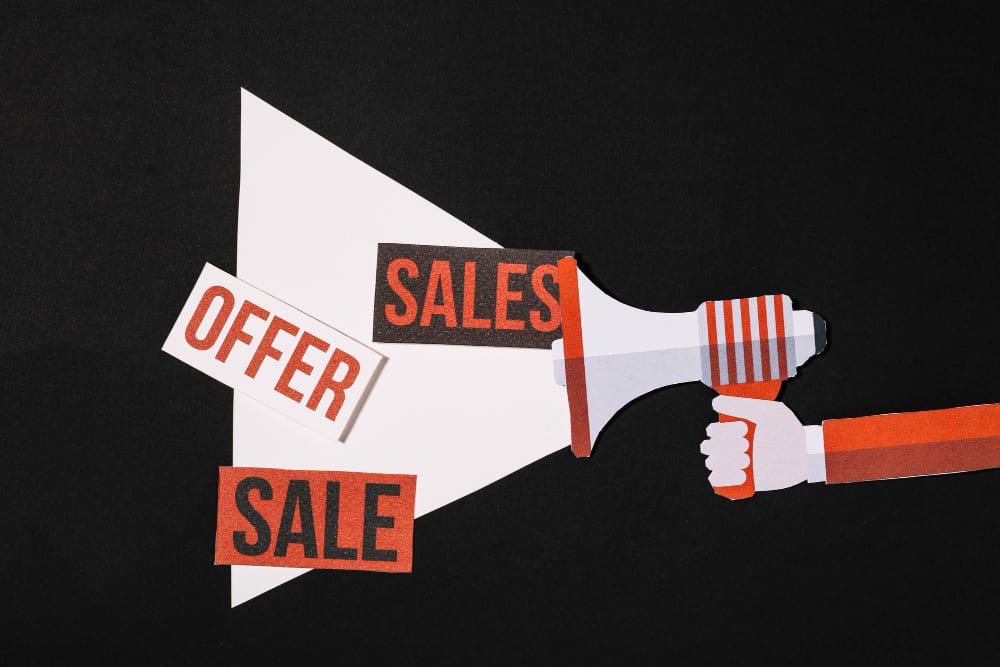
Discounts and Promotions
Rabatter vs. Rekommendationer: Bygg Hållbar Framgång
I dagens konkurrensutsatta marknad kämpar företag ständigt för att fånga kundernas uppmärksamhet. Två av de mest kraftfulla verktygen i arsenalen är direkta rabatter och organisk word-of-mouth-marknadsföring. Men hur navigerar man mellan att locka med pris och att bygga äkta lojalitet? Denna guide utforskar styrkorna, svagheterna och den vinnande synergin mellan dessa två strategier.
Del 1: Rabattens Omedelbara Lockelse
Visste du att 60% av konsumenterna uppger att en oväntad rabatt i kassan är en av de främsta anledningarna till att de blir lojala mot ett varumärke? Rabatter är ett vasst verktyg för att driva omedelbar handling.
Rabatter och kampanjkoder är direkta prissänkningar – antingen som en procentsats, ett fast belopp eller ett "köp en, få en gratis"-erbjudande. De är extremt effektiva för att attrahera priskänsliga kunder och skapa en känsla av brådska.
Fördelar med Rabattstrategier
- Ökad Försäljning: Perfekt för att öka volymen under lågsäsong eller rensa ut lager inför nya kollektioner.
- Nya Kunder: En attraktiv rabatt kan vara det som krävs för att en ny kund ska våga testa ditt varumärke för första gången.
- Skapar Brådska: Tidsbegränsade erbjudanden motiverar kunder att fatta snabbare köpbeslut för att inte missa chansen.
Nackdelar och Fallgropar
- Minskade Marginaler: Varje rabatt äter av din vinstmarginal. En noggrann kalkyl är avgörande.
- Varumärkesskada: Alltför frekventa reor kan få ditt varumärke att uppfattas som "billigt" och urholka kundernas vilja att betala fullpris.
- Lojalitetsjakt: Risk att man attraherar kunder som endast är lojala mot rabatten, inte mot varumärket.
Del 2: Word of Mouth – Den Ultimata Förtroendevalutan
Enligt Nielsen litar hela 92% av konsumenter på rekommendationer från vänner och familj framför alla andra former av reklam. Word-of-Mouth Marketing (WOMM) är inte något du kan köpa – det är något du måste förtjäna.
WOMM är den organiska spridningen av information om ditt varumärke, dina produkter eller tjänster. Det sker när nöjda kunder delar sina positiva upplevelser i sociala nätverk, på recensionssajter eller i verkliga samtal. Det är den mest autentiska och trovärdiga formen av marknadsföring.
Så Förtjänar du Rekommendationer
- Leverera Exceptionell Service: Gå den extra milen. En positiv kundtjänstupplevelse är en av de vanligaste anledningarna till att en kund rekommenderar ett företag.
- Uppmuntra Recensioner: Gör det enkelt för kunder att lämna omdömen. Skicka ett uppföljningsmejl med en direktlänk till Google Reviews eller Trustpilot.
- Skapa ett Referensprogram: Belöna befintliga kunder som värvar nya. En "ge 100 kr, få 100 kr"-modell är ett kraftfullt incitament.
- Interagera med Influencers: Samarbeta med influencers vars följare matchar din målgrupp. En autentisk rekommendation från en trovärdig profil kan ha enorm effekt.
Slutsats: Den Vinnande Kombinationen
Den smartaste strategin är inte att välja mellan rabatter och rekommendationer, utan att använda dem i synergi. Använd en välriktad rabatt för att få en ny kund att prova din produkt. Leverera sedan en så fantastisk produkt och upplevelse att kunden inte kan låta bli att berätta om det för sina vänner. På så sätt förvandlar du en kortsiktig försäljning till en långsiktig, lojal ambassadör för ditt varumärke.